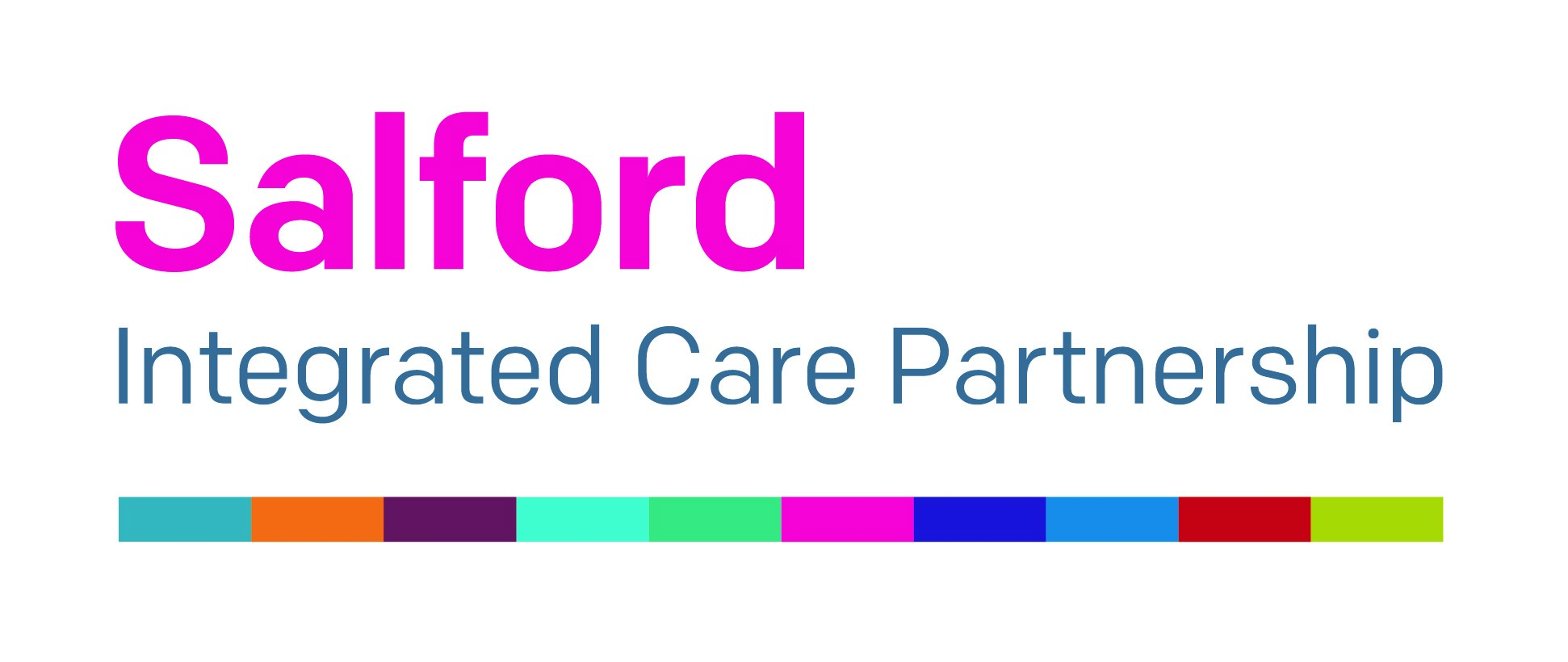How to Help Children with Receptive Language Difficulties
What is ‘Receptive Language?’
This is concerned with how we understand what is said to us. Some of the skills needed to understand spoken language include:
- an ability to listen and attend to the person speaking,
- an ability to remember what has been said,
- an understanding of what the words mean,
- an understanding of the grammatical rules of words and sentences.
General Strategies
Decrease environmental noises and distractions as far as possible, e.g. close windows and doors to reduce noise from the playground/other classrooms, turn off any computers not being used, avoid having tables cluttered with objects which may be a distraction
Consider where to position a child to provide optimum support, e.g. are they close to the board? And you? Are they away from distractions?
Cue them in
Always gain the child’s attention before speaking to them by using some or all of the following strategies:
- Gaining eye contact,
- Saying their name (verbal prompt)
- Touching their arm (physical prompt)
Use lots of methods to get your message across
Try to use any additional cues you can to help children understand, including;
- Non-verbal cues – actions, pointing, gestures, facial expressions
- Visual cues – diagrams, pictures, symbols, objects
- Signing
- Write key parts of the lesson in brief on the board
Specific Strategies
- Use different coloured pens and visual tools e.g. spider diagrams or mind maps to help the child visualise, understand and remember things more thoroughly.
- Signal topic changes clearly – a visual timetable can help illustrate this.
- Make expectations chronological and explicit, eg. first find the next clean page, then copy the table from the board, then measure the 5 objects, then write the measurements in the boxes.
- Reinforce achievement and progress.
- Try and incorporate learning breaks into lesson
- Identify and explain the key vocabulary and make sure it is reinforced
- Review past information before you introduce new information
Say less
Keep what you are saying short and simple - only say what you need to say, don’t go “round the houses”
When giving longer instructions avoid overloading the child with information by breaking the instruction down into simpler steps, and saying what has to be done first, next etc.
OR try to give one bit of the instruction at a time
Say what you mean
Say things in a straightforward way e.g. “paul, come and line up” rather than “I’m still waiting for someone”
Avoid or explain sarcasm and jokes
Go slow
Talk slowly, but be natural – the child may need longer to process information
Give the child plenty of time to understand by inserting pauses in appropriate places
Use Stress in your speech
Emphasise and repeat important words or information,
Give the child enough time to understand
Use the Child’s experience
Relate new information and vocabulary to the child’s own experience before trying to generalise, eg. ‘gravity’ – how does this affect them, ‘electricity’ – what do they like to use that needs electricity.
Monitor the child’s reaction
- Check to see if the child has understood – look at their facial expression to see if they appear to have understood or ask them to say what they are going to do.
- Build on whatever they have understood
- Where possible encourage the child to monitor whether they are understanding a lesson and teach them how to seek appropriate clarification if needed e.g. “Can you tell me again?”, “I don’t know what……… means?”
- Actively praise children asking questions.
- Ensure plenty of opportunities for small group discussion and work
- Consider visual / colour coded systems to say whether they understand / need help or not, eg. a traffic light system.
Activities
- Play Barrier Games to emphasise the need to listen and understand.
- Use the Blank Levels (detailed in the Elklan Training).
- Help with memory by playing games such as ‘I went to market and bought ...’
- Use Mind Maps (Tony Buzan / Elklan) to help teach curriculum vocabulary.
Resources
- How to Help Children With Receptive Language Difficulties (pdf)
- Black Sheep Press Ltd. Registered Office: Middleton, Cowling, Keighley, W. Yorks,
BD22 0DQ, United Kingdom
Phone: 01535 631 346
www.blacksheeppress.co.uk - Living Language, Anne Locke, ISBN-10: 0700509968
- Rhodes to Language, Anna Rhodes, STASS Publications, www.stasspublication.co.uk
- 50 Quick Play Listening Games, www.winslowresources.com
Useful websites
- www.rcslt.org This is the website for the Royal College of Speech and Language Therapists.
- www.talkingpoint.org.uk This is a useful website for parents and teachers. It contains information and advice.
- www.afasic.org.uk This is a parent led organisation that offers information and advice. There are also areas on the website for professionals.


